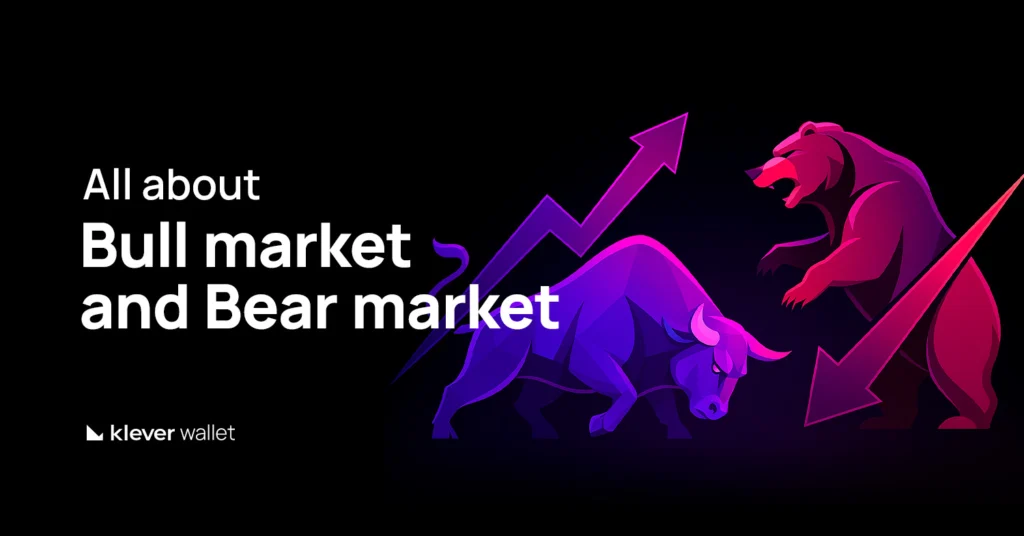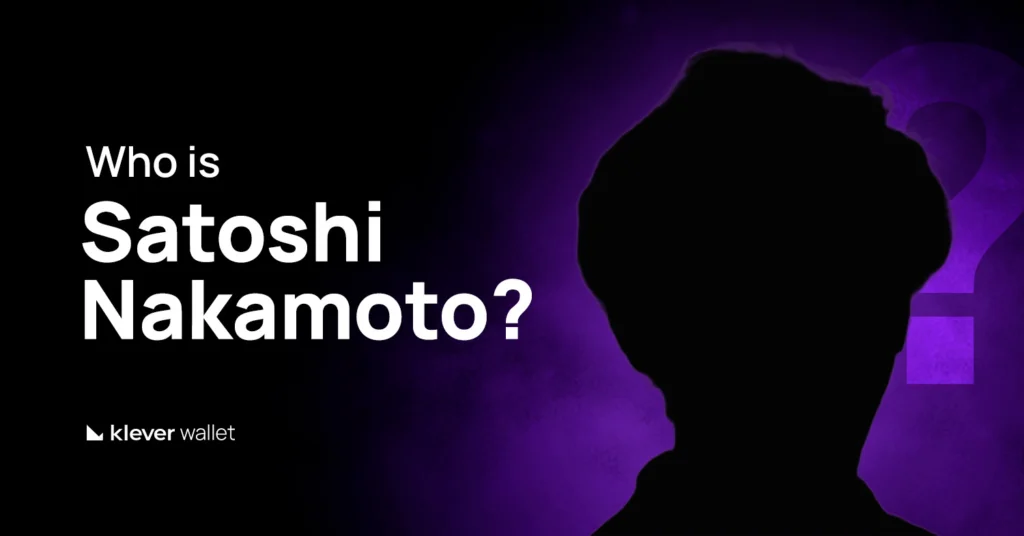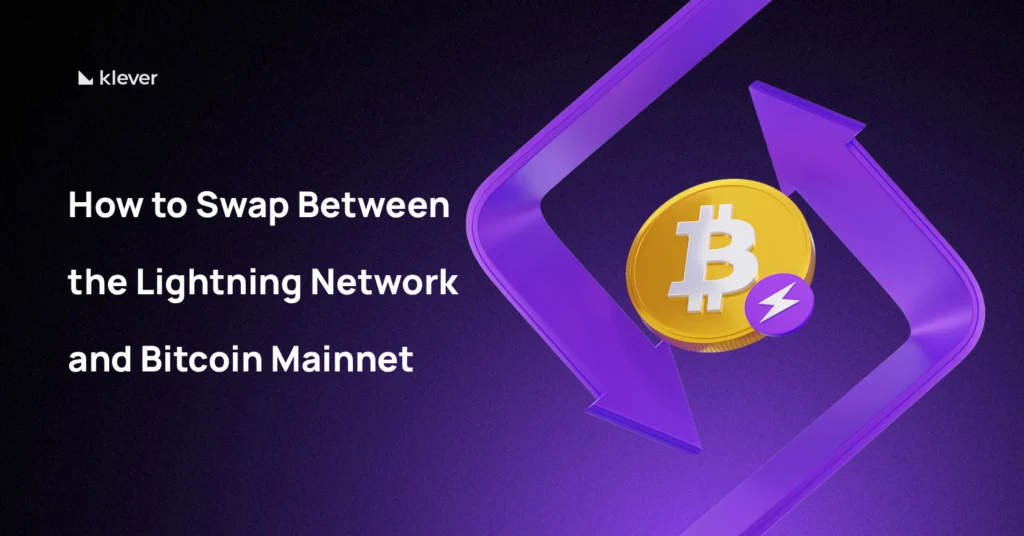
Bitcoin and Ethereum are the biggest names in cryptocurrency, each changing the game in its own way. Bitcoin was the first to introduce digital money without a central authority, while Ethereum took things further with smart contracts and decentralized apps (dApps). Both are powerful, but they serve different purposes, follow unique rules, and operate with distinct economic models.
In this article, we break down the technical, economic, and functional contrasts between Bitcoin and Ethereum, helping you navigate their distinct advantages and limitations.
Introduction to Bitcoin and Ethereum
Bitcoin was created in 2009 by an anonymous entity known as Satoshi Nakamoto. It was designed as a decentralized digital currency, enabling peer-to-peer transactions without the need for intermediaries. Often referred to as “digital gold,” Bitcoin is primarily utilized as a store of value and a medium of exchange.
Ethereum, launched in 2015 by Vitalik Buterin and a team of co-founders, extends beyond the concept of digital currency. It serves as a decentralized platform that facilitates the creation and execution of smart contracts and decentralized applications (dApps). This functionality allows developers to build and deploy a wide array of applications on the Ethereum network, ranging from financial services to gaming and more.
While both Bitcoin and Ethereum operate on blockchain technology, their foundational purposes differ significantly. Bitcoin focuses on providing a secure and decentralized medium for transferring value, whereas Ethereum aims to create a versatile platform for decentralized computing and application development.
Key Differences Between Bitcoin and Ethereum

Bitcoin and Ethereum have many key differences:
- Purpose and Functionality: Bitcoin is primarily designed as a digital currency and store of value. In contrast, Ethereum offers a platform for building decentralized applications through its support for smart contracts.
- Consensus Mechanism: Bitcoin utilizes a Proof of Work (PoW) consensus mechanism, requiring miners to solve complex mathematical problems to validate transactions. Ethereum, however, has transitioned to a Proof of Stake (PoS) system, which selects validators based on the amount of cryptocurrency they hold and are willing to “stake” as collateral.
- Transaction Speed and Costs: Bitcoin’s block time averages around 10 minutes, leading to slower transaction confirmations. Ethereum’s block time is approximately 15 seconds, allowing for faster transaction processing. However, both networks can experience varying transaction fees based on network demand.
- Supply Cap: Bitcoin has a fixed supply limit of 21 million coins, contributing to its scarcity. Ethereum does not have a capped supply, with its monetary policy allowing for the creation of new Ether tokens annually.
Bitcoin’s Proof of Work (PoW) vs. Ethereum’s Proof of Stake (PoS)
- Bitcoin’s SHA-256-based PoW mining: Bitcoin uses a system called Proof of Work (PoW) to keep its network secure. Miners use powerful computers to solve complex puzzles with a method called SHA-256. This process checks transactions and adds new blocks to the blockchain. To keep things running smoothly, Bitcoin adjusts the difficulty of mining every 2016 blocks (about every two weeks) so that new blocks are created around every 10 minutes. However, this process uses a lot of energy, which raises concerns about its impact on the environment.
- Ethereum’s PoS mechanism (Ethereum 2.0 & Beacon Chain): Ethereum has moved from Proof of Work (PoW) to Proof of Stake (PoS) with Ethereum 2.0 and the Beacon Chain. In PoS, validators are chosen to confirm transactions and add new blocks based on how much ETH they lock up (stake). This system uses much less energy while keeping the network secure. Validators who try to cheat can lose some of their staked ETH as a penalty. Ethereum ensures final approval of transactions using a system called Casper FFG, where validators confirm blocks by voting multiple times, helping to prevent errors or splits in the network.
Bitcoin’s Fixed Supply vs. Ethereum’s Burn Mechanism

- Bitcoin has a fixed limit of 21 million coins, meaning no more can ever be created. This makes it rare, like digital gold, and helps protect against inflation. Because of this limited supply, Bitcoin’s value may increase over time. Once all 21 million Bitcoins are mined (around the year 2140), miners will earn money only from transaction fees instead of new Bitcoin rewards.
- Ethereum’s EIP-1559 changes how transaction fees work by burning (destroying) part of the fees instead of giving them all to validators. This reduces the total supply of Ethereum over time, making it rarer when many people use the network. Unlike Bitcoin, Ethereum doesn’t have a fixed supply limit, but it adjusts how new ETH is created to keep the network secure and stable.
Smart Contracts and the Ethereum Virtual Machine (EVM)
Ethereum runs smart contracts using the Ethereum Virtual Machine (EVM), a system that processes these contracts across many computers. Smart contracts are programs that follow set rules and run automatically when conditions are met. They are written in Solidity, Ethereum’s main coding language. Because they work without middlemen, smart contracts are a key part of decentralized apps (dApps).
The EVM processes smart contracts through its gas system, which assigns fees based on computational complexity. Every transaction requires a certain amount of gas, and users must specify a gas price to prioritize execution. Validators (formerly miners) are incentivized to include transactions with higher gas fees, ensuring that the network remains efficient and resistant to spam.
Bitcoin vs Ethereum: Use Cases and Applications
The distinct characteristics of Bitcoin and Ethereum have led to diverse use cases:
Bitcoin:
- Store of Value: Often likened to digital gold, Bitcoin is used as a hedge against inflation and economic uncertainty.
- Medium of Exchange: Bitcoin facilitates peer-to-peer transactions without intermediaries, enabling decentralized transfers of value.
Ethereum:
- Decentralized Finance (DeFi): Ethereum’s smart contract capabilities have given rise to a multitude of DeFi platforms, offering services like lending, borrowing, and trading without centralized intermediaries.
- Non-Fungible Tokens (NFTs): Ethereum hosts a vast ecosystem for NFTs, allowing creators to tokenize and sell digital art, music, and other unique assets.
- Decentralized Applications (dApps): Developers leverage Ethereum to build dApps across various sectors, including gaming, supply chain management, and social media.
Choosing Between Bitcoin and Ethereum
Deciding between investing in Bitcoin or Ethereum depends on individual goals and interests:
- Bitcoin is ideal for those seeking a decentralized digital currency primarily used as a store of value and medium of exchange.
- Ethereum appeals to individuals interested in a versatile platform that enables the development of decentralized applications and smart contracts.
Both cryptocurrencies have significantly influenced the digital asset landscape, each offering unique features and opportunities. Understanding their differences and applications is crucial for making informed decisions in the evolving world of blockchain technology.
Manage Bitcoin and Ethereum on Klever Wallet with Safety

Managing cryptocurrencies securely is paramount for any investor or user. Klever Wallet offers a comprehensive solution for handling both Bitcoin and Ethereum assets safely.
- Multi-Chain Support: Klever Wallet supports over 10,000 assets across more than 40 blockchains networks, including Bitcoin and Ethereum, allowing users to manage multiple assets within a single platform.
- Advanced Security: The wallet ensures that private keys and sensitive data remain on the user’s device, employing state-of-the-art encryption to protect against unauthorized access.
- User-Friendly Interface: Designed for both beginners and experienced users, Klever Wallet offers an intuitive interface for seamless navigation and management of digital assets.
- Integrated dApp Browser: Users can explore and interact with decentralized applications directly through the wallet’s built-in browser, expanding the utility of their Ethereum holdings.
For enhanced security, users may consider integrating KleverSafe, a hardware wallet that provides an additional layer of protection for digital assets. KleverSafe ensures that private keys are stored offline, safeguarding against potential online threats.
Download Klever Wallet and explore Bitcoin and Ethereum now!




